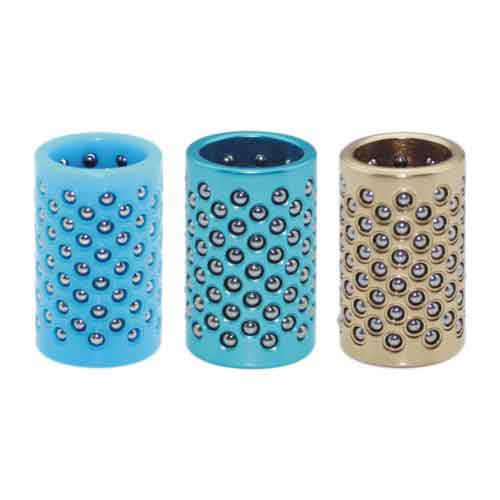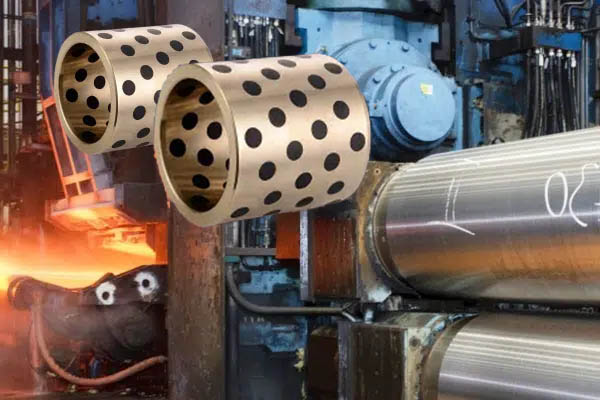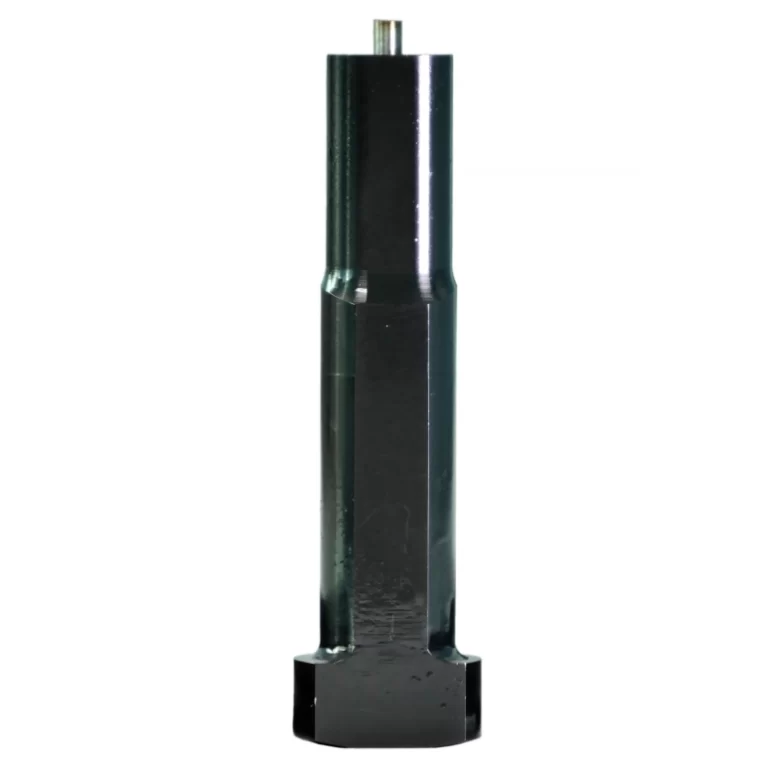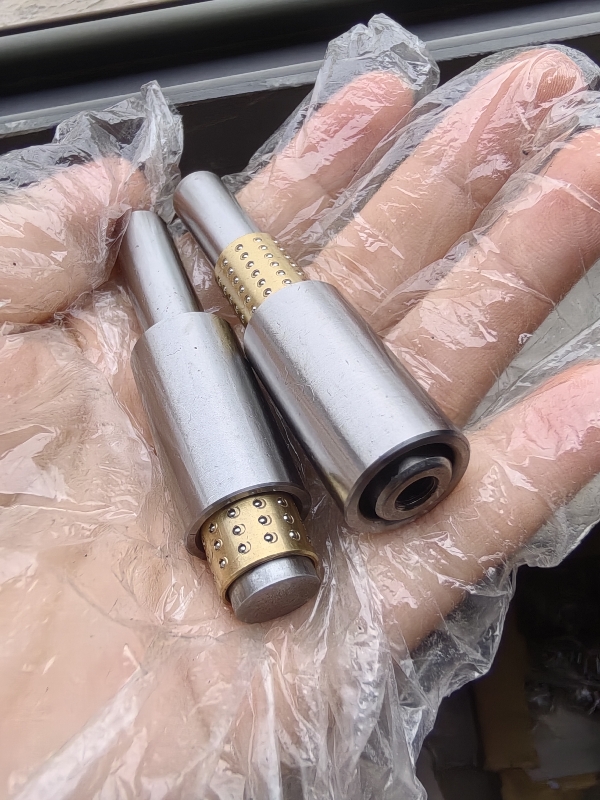Understanding Different Types of Ball Retainers (Aluminum, Brass, Resin) and Their Applications
In the realm of mold and die components, ball retainers, also known as ball cages or ball bushings, play a vital role in facilitating smooth and precise linear motion. These components hold the bearing balls in place within a ball bearing bushing. While the bearing balls themselves are typically made of hardened steel, the retainers come in various materials, each offering unique properties and suitability for different applications. Let’s explore the common types of ball retainers made from aluminum, brass, and resin.
Aluminum Ball Retainers
Aluminum ball retainers are a popular choice due to their lightweight nature and good overall performance in certain applications.
- Properties: Aluminum offers a good balance of strength-to-weight ratio and decent corrosion resistance in many environments. It is also relatively easy to machine.
- Advantages:
- Lightweight: This is a significant advantage in high-speed applications where inertia needs to be minimized.
- Good Corrosion Resistance: Offers resistance to corrosion in many common industrial environments.
- Cost-Effective (in some cases): Can be a more economical option compared to brass, depending on the specific alloy and manufacturing process.
- Disadvantages:
- Lower Wear Resistance: Generally, aluminum has lower wear resistance compared to brass, especially under high loads or in abrasive environments.
- May Not Be Suitable for Very High Loads: While strong, aluminum retainers might not be the best choice for extremely heavy load applications.
- Typical Applications: High-speed stamping molds, injection molds where weight is a concern, and applications with moderate load requirements.
Brass Ball Retainers
Brass ball retainers are known for their excellent wear resistance and good performance under a wide range of conditions.
- Properties: Brass is an alloy of copper and zinc, offering superior wear resistance, good lubricity, and good resistance to many chemicals. It is also denser than aluminum.
- Advantages:
- High Wear Resistance: Brass exhibits excellent resistance to wear and abrasion, making it suitable for demanding applications and longer production runs.
- Good Performance Under Moderate to High Loads: Can handle higher loads compared to aluminum retainers.
- Good Resistance to Many Chemicals: Offers good resistance to various chemicals commonly found in molding environments.
- Disadvantages:
- Heavier than Aluminum: The higher density of brass can be a consideration in very high-speed applications where weight is critical.
- Can Be More Expensive: Brass retainers are often more expensive than aluminum counterparts.
- Typical Applications: General-purpose molds, moderate to high load applications, environments requiring excellent wear resistance and chemical resistance.
Resin (Plastic) Ball Retainers
Resin ball retainers, typically made from engineered plastics like nylon or POM (Delrin), offer unique advantages, particularly in specific molding scenarios.
- Properties: Resin retainers are lightweight, often self-lubricating, and can offer good vibration damping properties. The specific properties will vary depending on the type of resin used.
- Advantages:
- Self-Lubricating: Many resins possess inherent self-lubricating properties, reducing the need for external lubrication and minimizing contamination risks.
- Lightweight: Similar to aluminum, resin retainers are lightweight, which can be beneficial in high-speed applications.
- Good for Applications Where Lubrication is Difficult: Ideal for molds where access for lubrication is limited or undesirable.
- Can Reduce Noise and Vibration: The inherent damping properties of some resins can help reduce noise and vibration during mold operation.
- Complex Shapes Possible: Resin retainers can be molded into intricate designs, potentially offering benefits in specific bushing configurations.
- Disadvantages:
- Lower Load Capacity (Compared to Metals): Generally have a lower load-bearing capacity compared to aluminum or brass retainers.
- Temperature Limitations: May have limitations in high-temperature environments, depending on the type of resin used.
- Wear Resistance Varies: Wear resistance can vary significantly depending on the specific resin material.
- Typical Applications: Injection molds (especially for plastics), applications requiring self-lubrication, environments where contamination from lubricants is a concern, and where noise reduction is desired.
Factors to Consider When Choosing
Selecting the appropriate material for your ball retainers involves considering several factors:
- Speed of Operation: For very high-speed applications, the lightweight nature of aluminum or resin might be preferred.
- Load Requirements: High load applications often necessitate the strength and wear resistance of brass.
- Operating Environment: Consider factors like temperature, potential for chemical exposure, and the presence of contaminants.
- Lubrication Strategy: If self-lubrication is desired or external lubrication is difficult, resin retainers are a good option.
- Cost: The cost of each material can vary, so consider your budget constraints.
- Durability and Lifespan: Evaluate the expected lifespan of the mold and choose a retainer material that can withstand the anticipated wear and tear.
Conclusion
The choice of ball retainer material – whether aluminum, brass, or resin – significantly impacts the performance and longevity of your ball bearing bushings and ultimately, your molds and dies. By understanding the unique properties and applications of each material, you can make an informed decision that optimizes your tooling for efficiency, accuracy, and durability.







